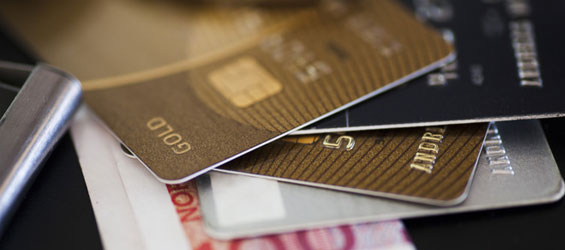

Major credit card companies in the U.S. are making the switch to EMV technology to decrease fraud risk. EMV cards – EuroPay, MasterCard and Visa – have embedded chips, which are harder to duplicate than the traditional magnetic stripe.
Almost half of all credit card fraud occurs in the Unites States, yet only one-quarter of all credit card transactions are domestic.
America is actually the last major market still using magnetic stripe-only credit cards; joining the rest of the world by using EMV chips in addition to the magnetic stripes will protect consumers and decrease the costs associated with fraud.
On October 1, 2015, there was a change to U.S. credit card companies’ chargeback liability policies, known as the “Liability Shift”. Now, if a counterfeit, stolen or otherwise compromised card is used in a transaction, the consumer losses fall back on the payment processor or the issuing bank.
What does this mean for your business? If fraudulent charges occur, your business will be liable if:
- the transaction was processed in person,
- the charge was disputed as fraudulent, and
- you processed the card using the magnetic stripe.
Transactions over the phone or online are not affected by the shift to EMV credit cards, so ecommerce businesses do not have to worry about this for now.
EMV is currently optional for businesses – essentially, you can decide whether or not you would like to upgrade your business to EMV equipment. The magnetic stripe will still be included on the EMV credit cards. Just keep in mind that businesses that do not purchase the new EMV processing device are at a higher risk for being impacted by the “Liability Shift.”
What do you think about this new credit card policy? Let us know in the comments below!
